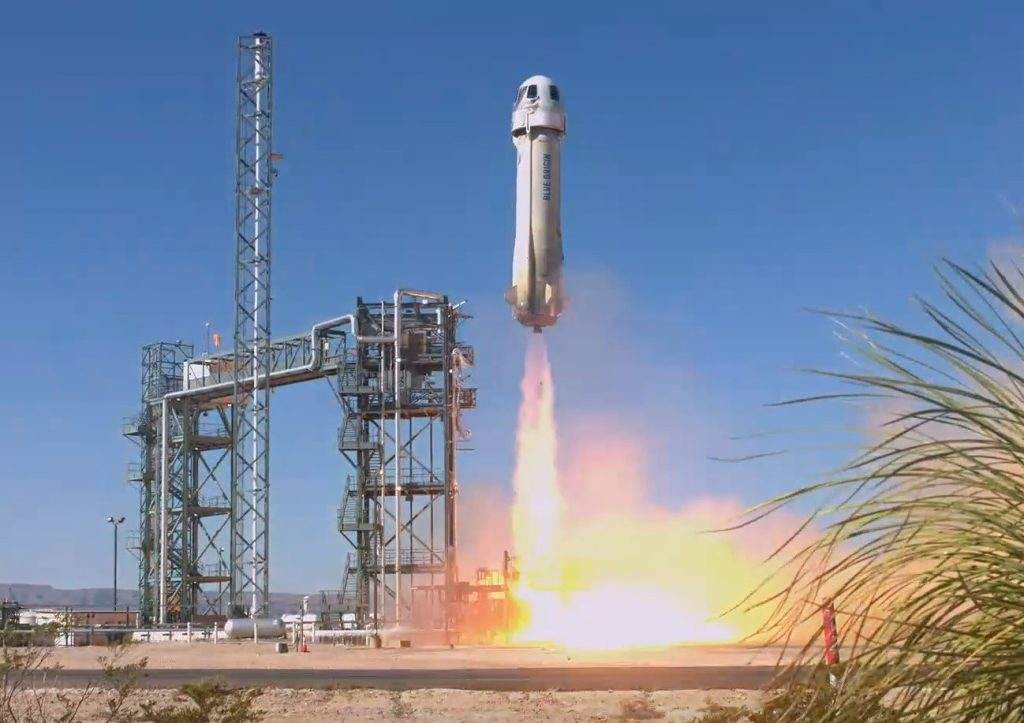Blue Origin’s New Shepard spacecraft recently resumed sending people on suborbital space trips after a 21-month gap. Among the passengers on this flight was 90-year-old Ed Dwight, a retired military test pilot who missed his chance to become NASA’s first Black astronaut in the 1960s. This flight made Dwight the oldest person to go into space on a suborbital trip. Dwight’s dream of spaceflight was finally realized through a training program sponsored by a nonprofit group called Space for Humanity, with help from the Jaison and Jamie Robinson Foundation.
This flight marked a significant milestone for Dwight, who expressed his overwhelming joy upon stepping out of the capsule after the successful trip. This experience was described as life-changing, with Dwight urging others to go through this remarkable journey. Blue Origin’s decision to include Dwight in this historic flight aligns with the company’s commitment to paying tribute to space history. In previous flights, Blue Origin has taken other individuals with ties to space exploration, such as Wally Funk who was part of the Mercury 13 group of women and William Shatner.
The crew for this flight included several individuals from different professional backgrounds, such as a venture capitalist, a French brewery founder, a software engineer, a retired CPA, and an airplane pilot. These crewmates were presumed to have paid for their spots on the spacecraft, although Blue Origin did not disclose the exact amount. The typical New Shepard flight model was followed, which involved the booster lifting the crew capsule to a height beyond the internationally recognized boundary of outer space, providing the passengers with a few minutes of zero-gravity experience before landing back on Earth.
Along with the crew members, the New Shepard spacecraft also carried postcards submitted by students as part of an educational program offered by Blue Origin. This flight marked the 25th mission of the New Shepard program, with a total of 37 people having taken trips on this suborbital spacecraft. The success of this flight came after a year-long suspension of launches following a launch anomaly during an uncrewed research mission. Blue Origin conducted an investigation and implemented corrective actions to ensure the safety of future flights.
In addition to the New Shepard program, Blue Origin is actively working on developing other advanced programs, including the orbital-class New Glenn rocket, a lunar lander for NASA, a commercial space station project called Orbital Reef, and more. The company is also exploring innovative technologies such as producing solar cells from lunar materials and beaming power between lunar installations using laser light. Blue Origin’s commitment to advancing space exploration and providing opportunities for individuals to experience space travel reflects its mission to make space more accessible and inspire the next generation of space explorers.












